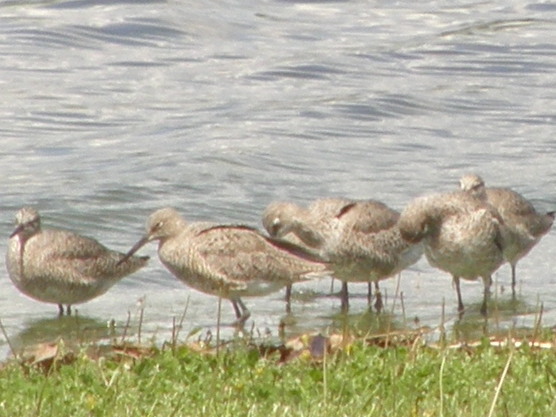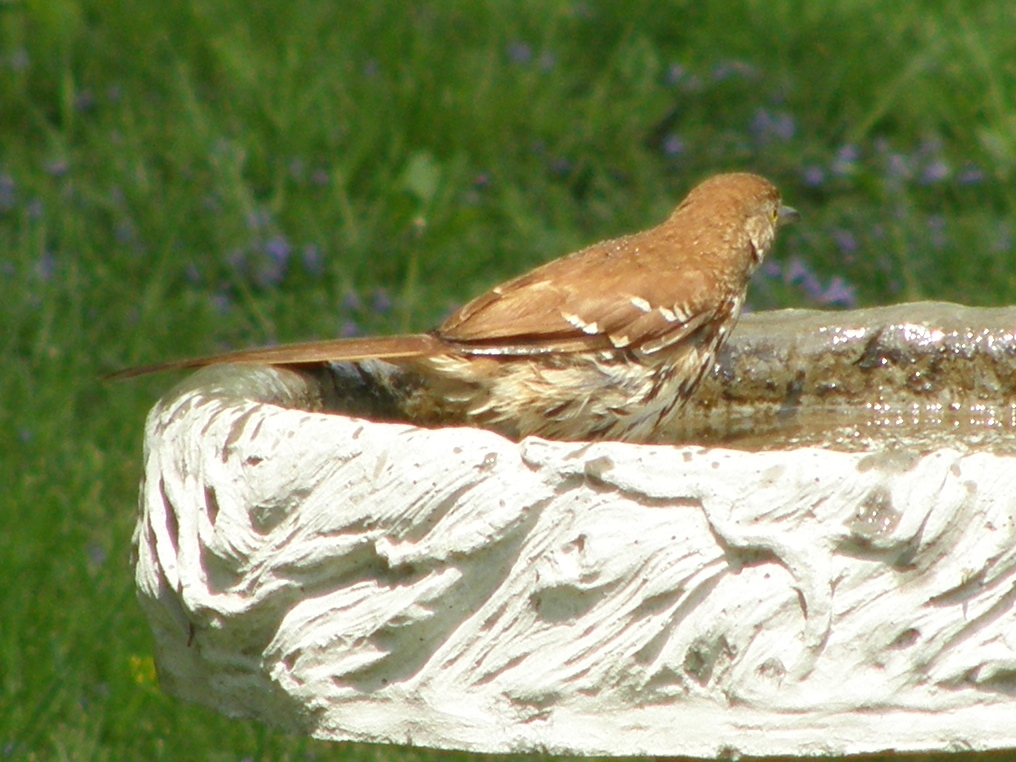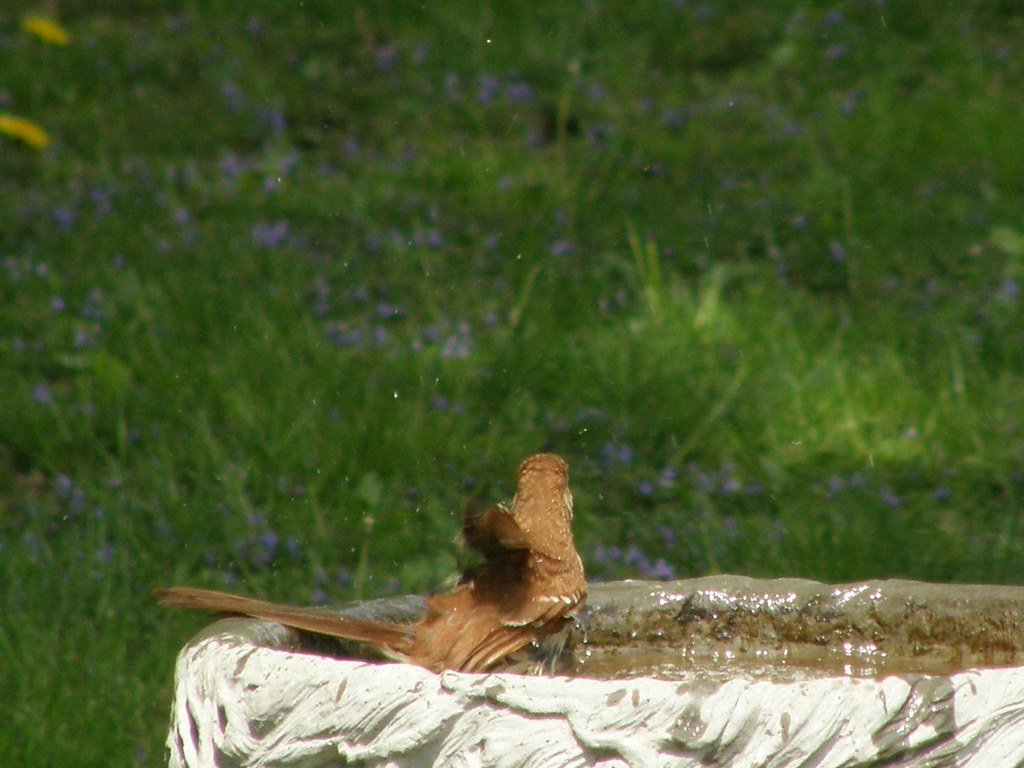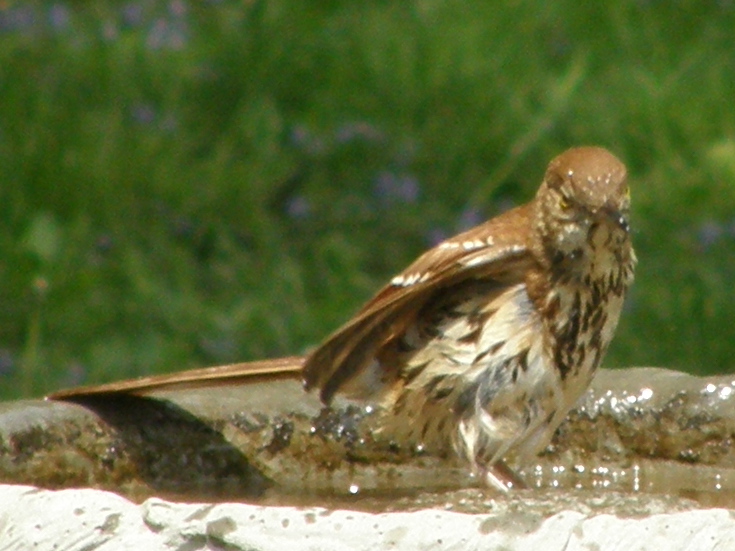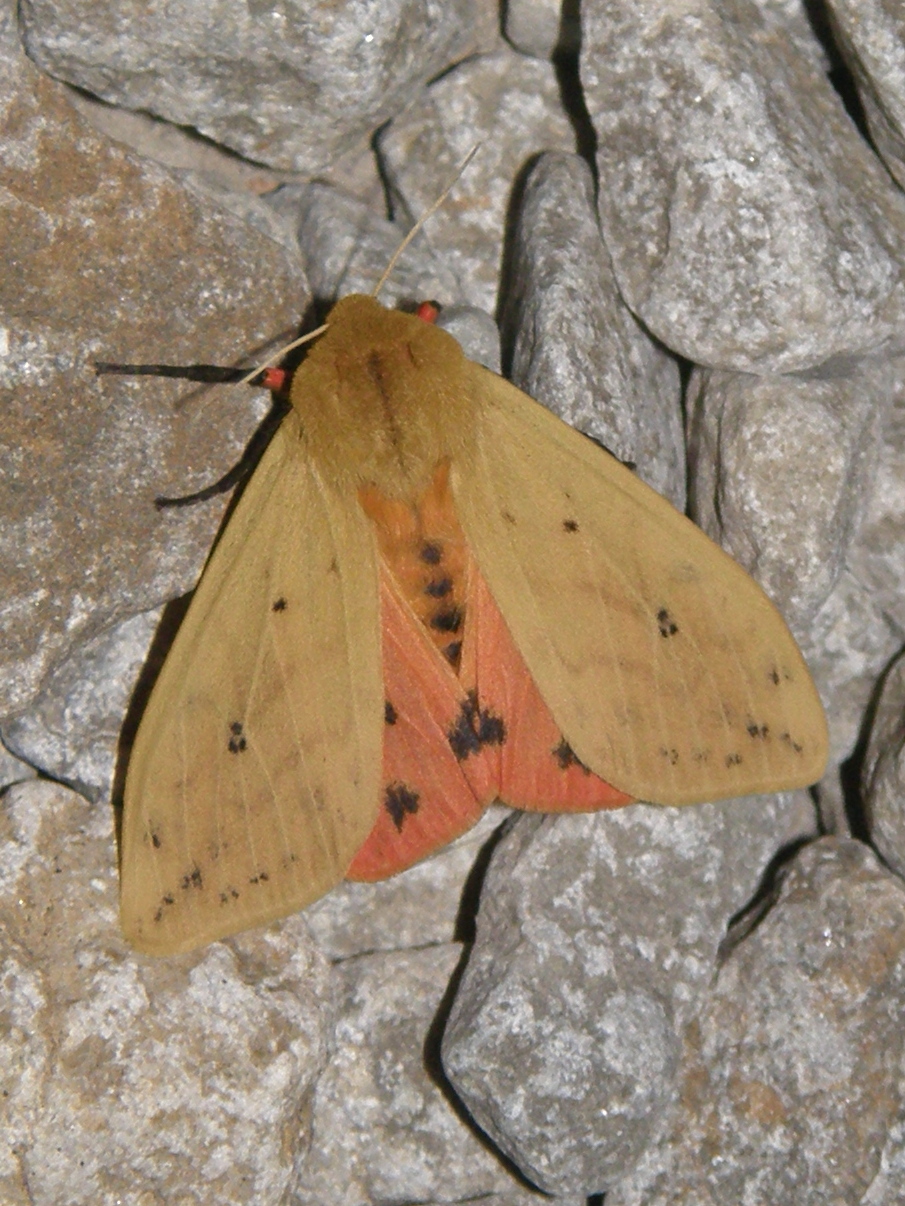On Wednesday, April 28, 2010, I heard a Chuck-will's-widow calling in a field behind my property. It was shortly after dusk and the call was repeated for at least approximately 5 minutes. A Barred Owl called right before the chuck started to call. A lot of times owls will get birds to call that normally wouldn't call.
I heard the call loud and clear for at least 3 minutes, until the noise of the neigborhood made the call harder to hear (dogs barking and kids screaming). Since the dog was closer than the chuck, I was unable to get a recording, as I only have a digital camera to do so.
 Chuck-will's-widows by Louis Agassiz Fuertes (from Wikipedia)
Chuck-will's-widows by Louis Agassiz Fuertes (from Wikipedia)
The habitat that the chuck was in is an old field with Andropogon spp. and other grasses. It has mixed maples, pin oak, and multifloral rose that I can identify.
Here is a photo of the habitat from the area of where I heard the chuck:
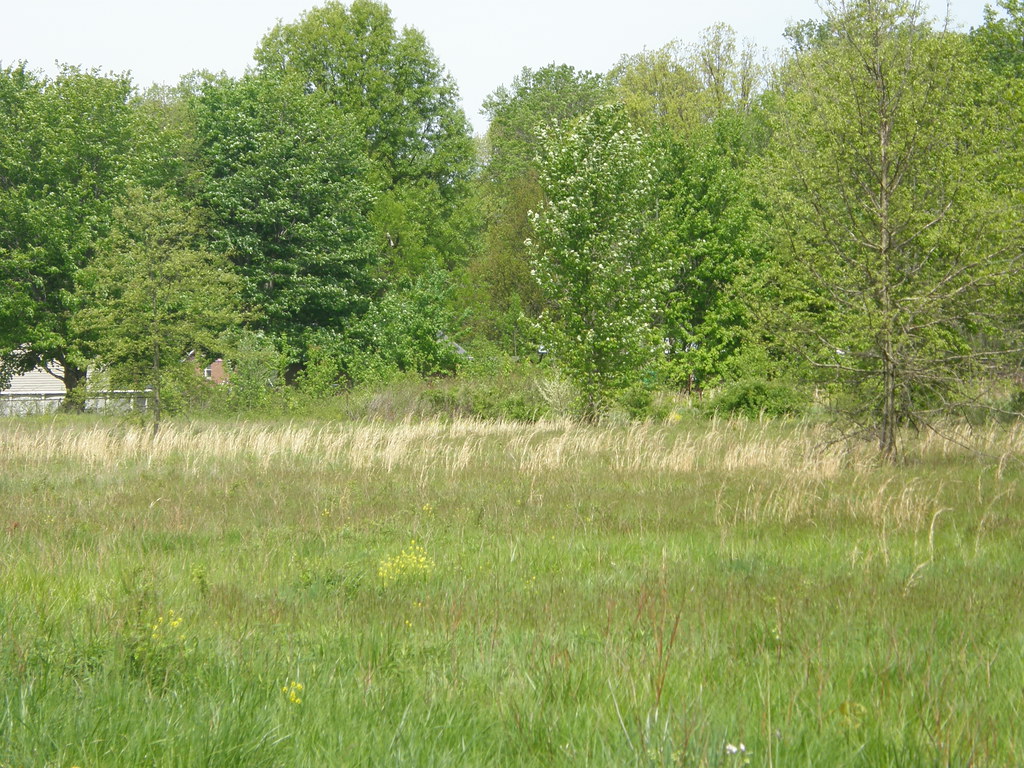
Here is an attempt to provide a map of the approximate area of where the chuck was calling from:
View Larger Map
This would make a second record for Clermont Co. for
Chuck-will's-widow. The first is of an injured bird found by
Raptor Inc. in Milford on or around Dec. 12th, 2004. Details on this bird can be found on the
Ohio Ornithological Society's website
HERE.
*Addendum: Thanks goes to Bob Foppe
for supplying me with info of a chuck specimen found in Clermont Co. on 5/20/1945 from the Owensville area, possibly from the St. Rt. 222 and US 50 area. Looking at different online sources, one gets a very cloudy idea of the range of
Chuck-will's-widow in Ohio.
The source that I put the most faith in is
Cornell's All About Birds site. It shows the chuck ranging only in the Adams County/Shawnee - Portsmouth area (southernmost tip of OH) for Ohio.
This site,
whatBird.com, shows chucks ranging from Cincinnati eastward to the Ohio-West Virginia border. This is not what I am familiar with, as a chuck in SW Ohio is a rare find.
Here is an article that I found on the Ohio Ornithological Society website that discusses chucks in Ohio in more detail.
I thought that I might have heard it again on Monday night, May 3rd, but it was far off sounding. I have not definitely heard it since that first night.
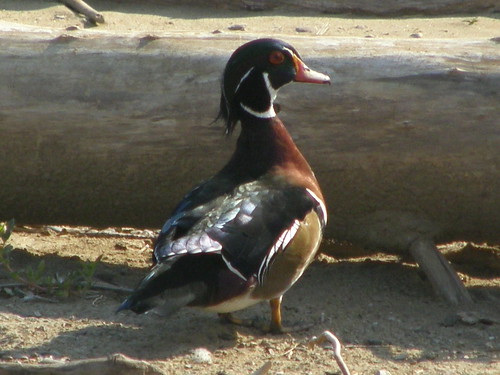

 Common Nighthawk / Bob Hines, USFWS
Common Nighthawk / Bob Hines, USFWS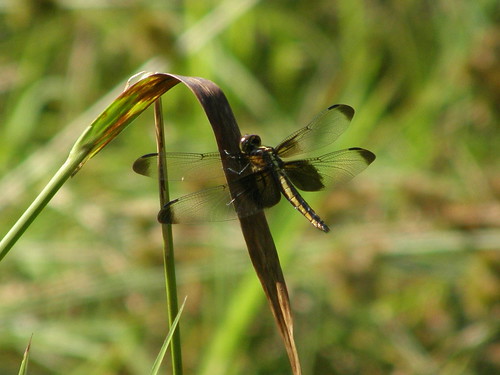
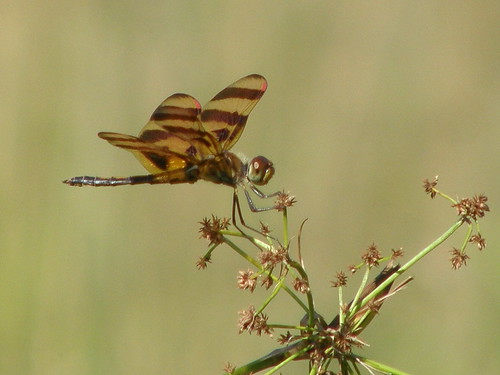
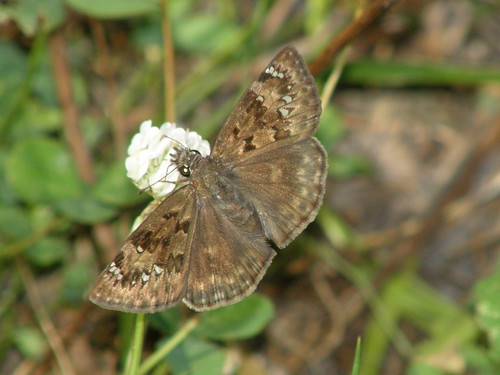
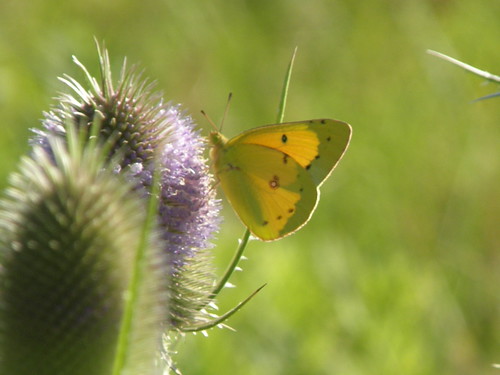

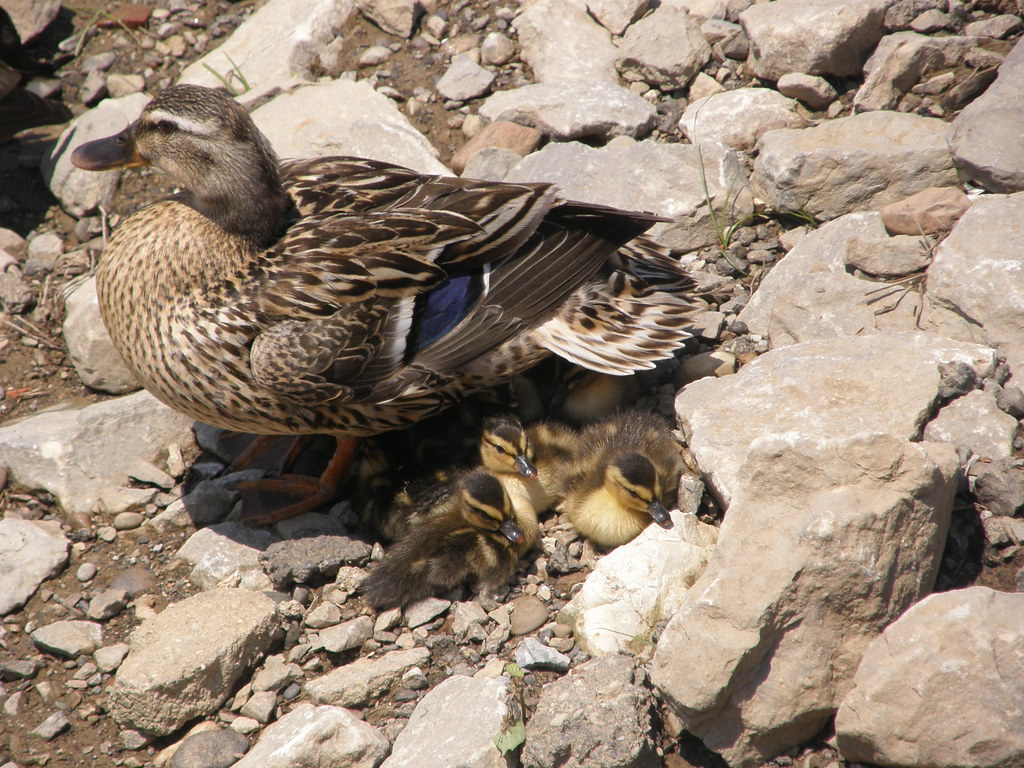
 Tweet
Tweet

 Saturday, May 15th, my mother and nephews, Ashley and I attended the 3rd Annual Queen City Bird Festival held at Hueston Woods State Park in Butler Co. Ohio. The Queen City Bird Festival was created by my friend Jill Russell from the Avian Research and Education Institute. She is the one that brings it all together and makes it all happen. Other local organizations and institutions that also help make it all possible include Oxbow Inc., Audubon Miami Valley and the College of Mount St. Joseph.
Saturday, May 15th, my mother and nephews, Ashley and I attended the 3rd Annual Queen City Bird Festival held at Hueston Woods State Park in Butler Co. Ohio. The Queen City Bird Festival was created by my friend Jill Russell from the Avian Research and Education Institute. She is the one that brings it all together and makes it all happen. Other local organizations and institutions that also help make it all possible include Oxbow Inc., Audubon Miami Valley and the College of Mount St. Joseph.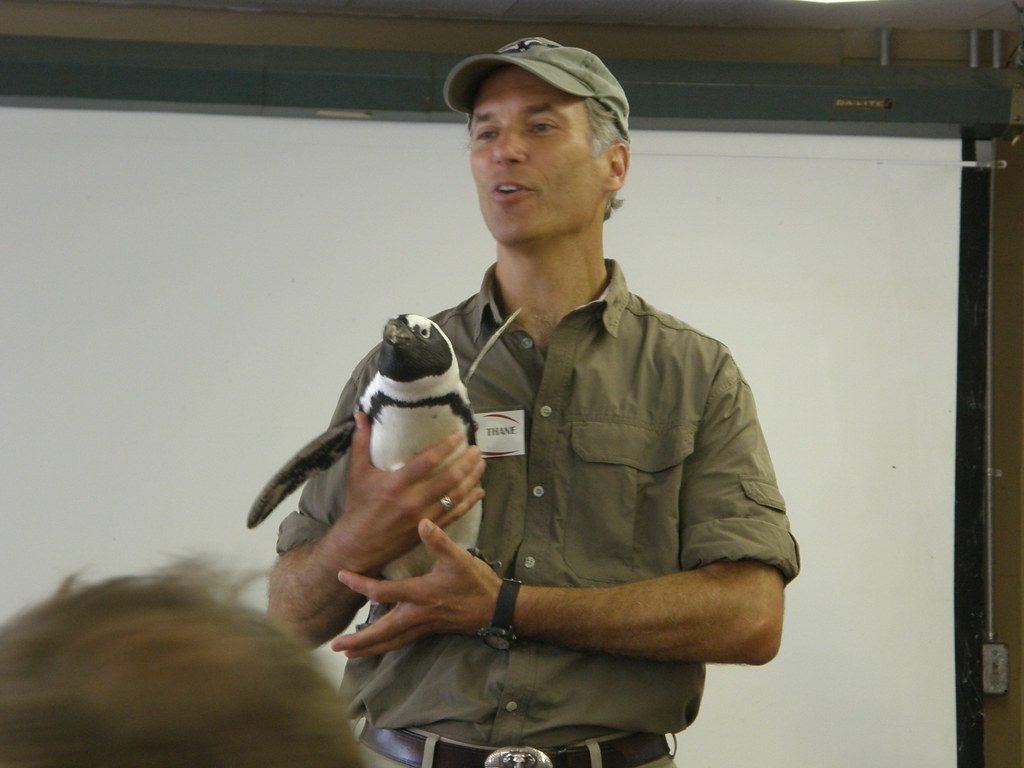 Thane Maynard brought along his friend Charlie, an African Penguin. He was a big hit with the kids!
Thane Maynard brought along his friend Charlie, an African Penguin. He was a big hit with the kids!

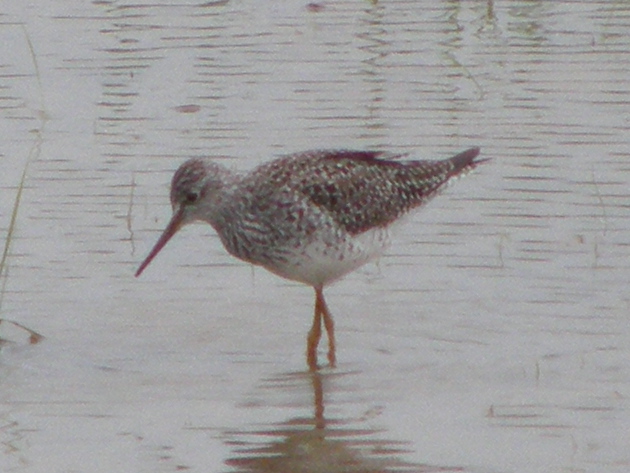 Lesser Yellowlegs at Fernald Preserve
Lesser Yellowlegs at Fernald Preserve
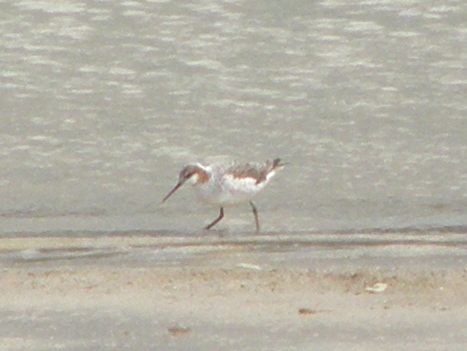
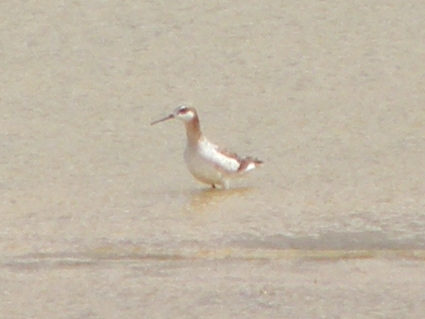
 Chuck-will's-widows by Louis Agassiz Fuertes (from Wikipedia)
Chuck-will's-widows by Louis Agassiz Fuertes (from Wikipedia)
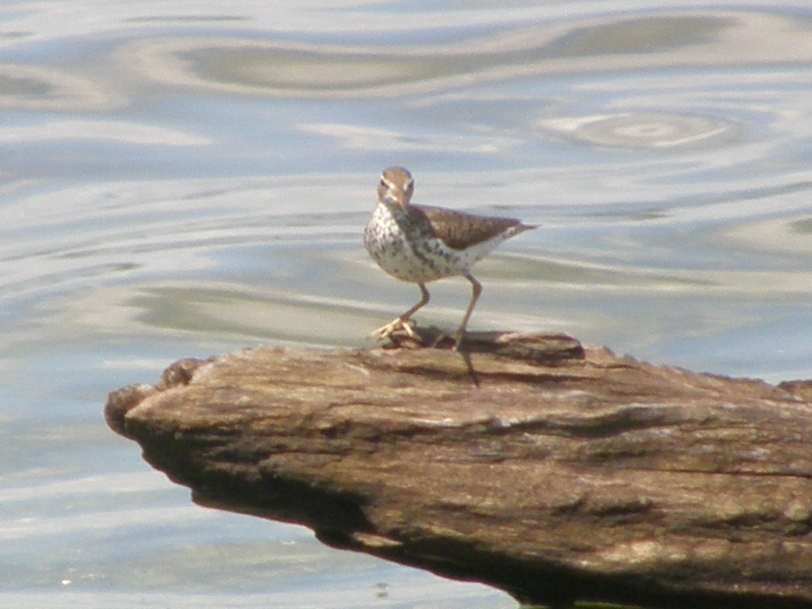 This Spotted Sandpiper is not nearly as intimidating as the mean lookin' Brown Thrasher.
This Spotted Sandpiper is not nearly as intimidating as the mean lookin' Brown Thrasher.
